Are you looking for ways to reduce your water consumption, save money on utility bills, and help the environment at the same time?
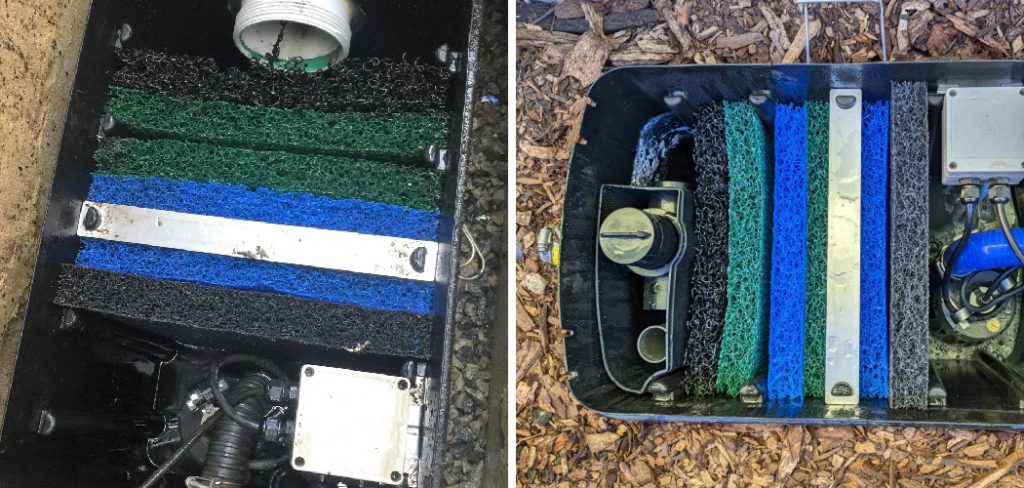
Installing a greywater system is an excellent way to conserve water, reduce utility bills, and promote sustainable living. Greywater systems reuse wastewater from sources like sinks, showers, and washing machines, treating it for non-potable purposes such as irrigation or toilet flushing. Before starting the installation process, it’s essential to understand local regulations, assess your household’s water usage, and choose the right type of system for your needs.
This guide on how to install greywater system will walk you through the essential steps to set up a greywater system effectively, ensuring both functionality and environmental benefits. Let’s get started!
What Are the Benefits of Installing a Greywater System?
Installing a greywater system can bring numerous benefits, both for you and the environment. Here are some reasons why you should consider installing one:
- Water Conservation: By reusing greywater, you can significantly reduce your household’s overall water usage and ultimately conserve this valuable resource.
- Cost Savings: With lower demand for fresh water, your water bills will decrease, resulting in long-term financial savings.
- Reduction of Strain on Municipal Sewage Systems: Wastewater treatment facilities have limited capacities, and diverting greywater away from them can help prevent overloading and potential backups.
- Environmental Preservation: Freshwater is becoming an increasingly scarce resource. By reusing greywater, you can help reduce the strain on natural water sources and ecosystems.
- Improved Soil Quality: Greywater contains essential nutrients that can benefit plants and soil. By using it for irrigation, you can improve the health of your plants and promote healthier soil.
- Less Chemical Use: Traditional cleaning products can contain harmful chemicals that are not only bad for the environment but also for your health. By reusing greywater for tasks like laundry or toilet flushing, you can minimize the use of these chemicals and create a more sustainable home.
What Will You Need?
In most cases, you will need a greywater diversion system to collect and distribute the water from your household. This can be as simple as a bucket or more complex systems that connect directly to your plumbing.
Some possible components of a greywater diversion system include:
- Diverter Valve: This is a valve that can redirect the flow of water from one pipe to another. It allows you to switch between sending greywater to your irrigation system or redirecting it back into the sewer line if needed.
- Filter Screen: To prevent clogs in your irrigation system, use a filter screen that can remove larger debris from the greywater before it reaches your plants.
- Distribution Device: This is the mechanism that distributes your greywater evenly throughout your irrigation system. It can be as simple as a perforated pipe or more complex with drip emitters or sprinklers.
- Backflow Preventer: A backflow preventer is a crucial safety feature that prevents potential contamination of your clean water supply. It ensures that greywater cannot flow back into your potable water pipes.
- Overflow Outlet: In case of heavy rain or excessive greywater use, it is essential to have an overflow outlet to prevent flooding. This can be a simple hole at the top of the diversion system or a separate pipe connected to a drainage area.
Once you have set up your greywater diversion system, it’s essential to maintain and monitor it regularly.
10 Easy Steps on How to Install Greywater System
1. Plan Your System
Start by evaluating your household’s water usage and landscaping needs. Determine which appliances, such as washing machines or showers, will supply greywater and identify areas in your garden that would benefit from irrigation. Check local regulations to ensure compliance with codes.
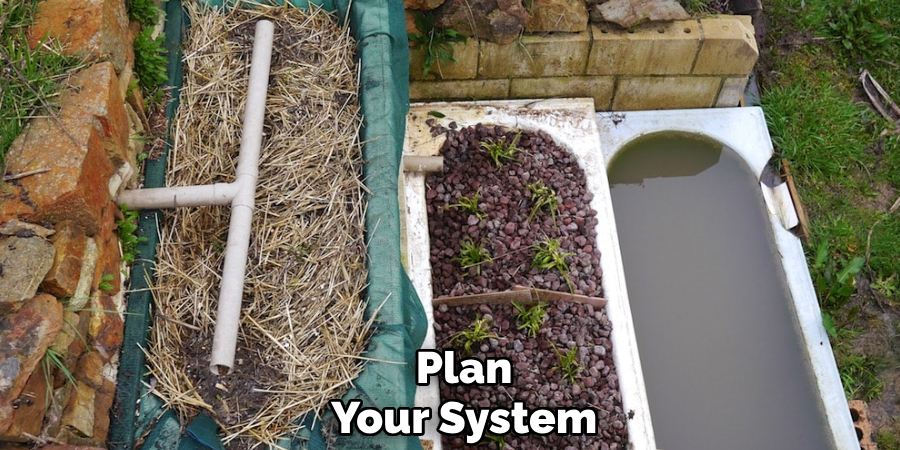
2. Gather Required Materials
Collect all the necessary tools and components for your greywater system. This typically includes items such as pipes, valves, fittings, a diverter, a filter, and possibly a surge tank, depending on your design. Make sure to choose materials that are durable and safe for handling greywater. Additionally, you may need tools like a drill, pipe cutter, and sealing tape to assemble the system. Having all the materials ready beforehand will streamline the installation process.
3. Prepare the Site
Before installation, prep the designated area where the greywater system will be set up. Ensure that the ground is level and free of debris. If the system involves trenches or basins for irrigation, mark and excavate these areas according to your plan. Preparing the site correctly will help ensure that the system functions efficiently and water is distributed evenly across the intended areas.
4. Select a Location
Choosing the correct location for your greywater system is critical for its effectiveness and ease of use. Identify areas close to primary water sources, such as washing machines, sinks, or showers, to minimize the need for extensive plumbing. Ensure the location has proper drainage and slopes gently to facilitate water flow without pooling. Additionally, consider proximity to plants or irrigation zones that will benefit from the greywater.
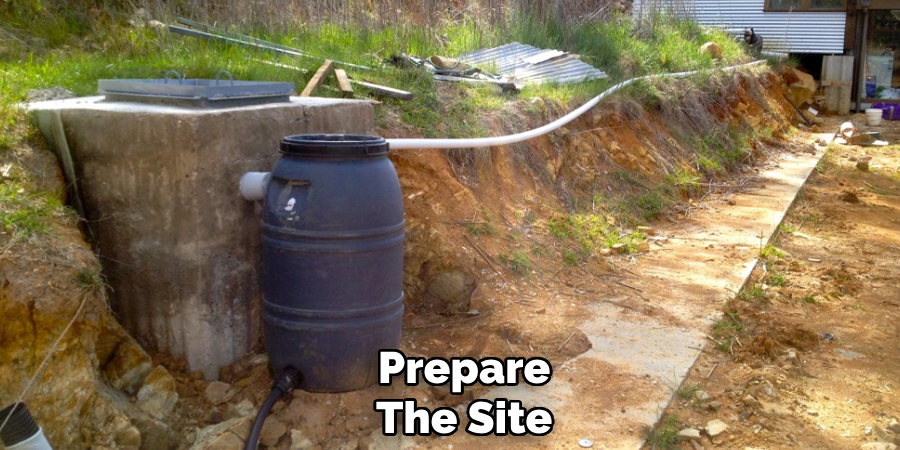
Avoid placing the system near edible crops unless a safe filtration system is in place. Proper site selection will enhance the system’s efficiency and contribute to sustainable water management.
5. Install Diverters
Installing diverters is a crucial step in setting up a greywater system. Diverters redirect greywater from household fixtures, such as washing machines and sinks, into the system for reuse. Start by selecting a high-quality diverter valve that fits your plumbing dimensions and is designed for greywater applications. Install the diverter at an accessible location to allow easy switching between directing water to the greywater system and sending it to the main sewer, as needed, such as during cleaning or when using unsafe chemicals.
Ensure all connections are secure and test the diverter to confirm it functions correctly, allowing an uninterrupted flow of greywater toward your intended reuse area. Proper installation of diverters is essential for the safe and efficient operation of your system.
6. Add Filters
Filters play a crucial role in maintaining the efficiency and longevity of your greywater system. Install appropriate filters at key points in the system to prevent debris, hair, and other particulates from clogging pipes or damaging equipment.
Commonly used filters include screen filters and mesh filters, depending on the level of filtration required. Ensure the filters are easily accessible for regular cleaning and replacement to maintain optimal performance. Regular maintenance of these filters reduces the risk of system blockages and ensures that the greywater remains suitable for its intended reuse.
7. Lay Pipes
Laying pipes is a crucial step in setting up a greywater system as it ensures the efficient transport of water throughout the system. Begin by carefully planning the layout of the piping network, keeping in mind the flow direction and the specific points where greywater will be collected and distributed.
PVC pipes are commonly used due to their durability and resistance to corrosion. However, other materials like polyethylene may also be suitable, depending on the system’s requirements and environmental conditions.
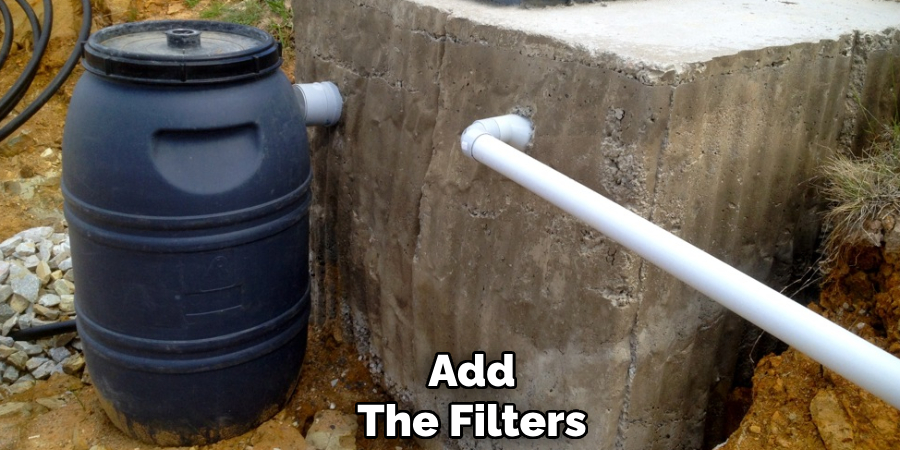
When installing the pipes, ensure that they are laid at a slight gradient to facilitate gravity-fed flow, reducing reliance on pumps. This not only minimizes energy consumption but also lowers the chances of blockages caused by stagnant water. Additionally, all joints and connections must be securely sealed using appropriate adhesives and fittings to prevent leaks, which could lead to water loss and potential contamination of surrounding areas.
8. Set Up the Irrigation System
When setting up the irrigation system, it is crucial to consider the specific watering requirements of the crops or plants being cultivated. Different plants have varying water needs, so designing a system tailored to these requirements ensures optimal growth and resource efficiency. Drip irrigation systems, for example, are ideal for delivering water directly to the root zone, which minimizes evaporation and promotes water conservation. Sprinkler systems, on the other hand, can be effective for larger areas that need uniform coverage.
It’s also essential to incorporate timers or automated controls into the system to regulate watering schedules. Overwatering can lead to root rot and wasted resources, while underwatering can hinder growth. Automating the process allows for consistent and precise watering, especially in regions with fluctuating weather conditions.
9. Include an Overflow Mechanism
An overflow mechanism is crucial for preventing waterlogging and maintaining optimal soil conditions. This system diverts excess water away from the area, reducing the risks associated with over-saturation, such as root rot, erosion, and water waste. Implementing features like drainage pipes, overflow outlets, or graded surfaces can effectively manage water levels during heavy rainfall or excessive irrigation. By incorporating an overflow mechanism, you ensure the longevity and health of your plants while promoting sustainable watering practices.
10. Test the System
Testing the system is a crucial step to ensure its effectiveness and proper functionality before relying on it entirely. Begin by simulating various conditions, such as heavy rainfall or extended irrigation, to observe how the system handles excess water. Check that the drainage paths are clear and free of blockages to allow water to flow freely. Additionally, monitor the overflow outlets to ensure they are operating as intended and not causing pooling or runoff in undesired areas.
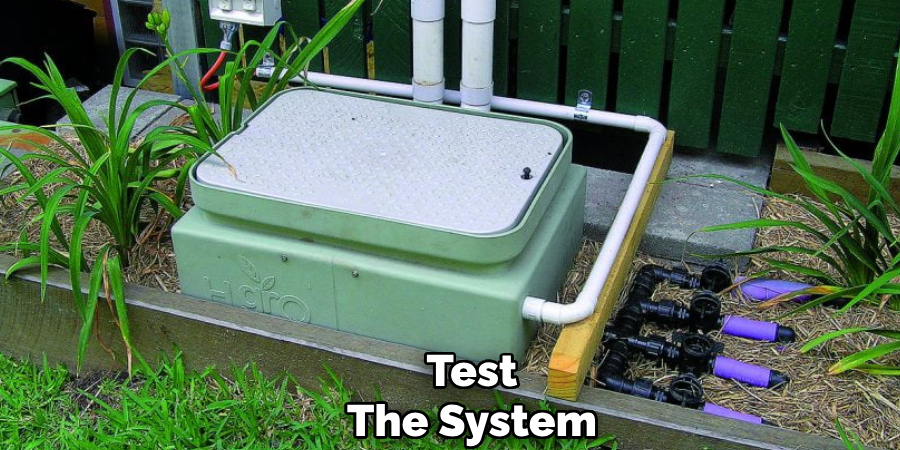
By following this testing process, any potential flaws or issues can be identified and addressed before they become major problems.
Conclusion
How to install greywater system is a sustainable and efficient way to conserve water and reduce environmental impact.
By carefully planning and following the necessary steps, such as assessing the site’s suitability, selecting suitable materials, and thoroughly testing the system, homeowners can ensure a reliable and long-lasting setup. Regular maintenance and monitoring are essential to keep the system functioning optimally and to prevent any potential issues.
With proper installation and upkeep, a greywater system can provide significant benefits for both the household and the environment.

